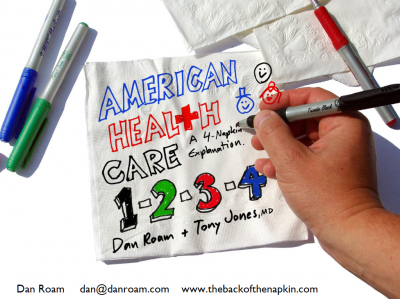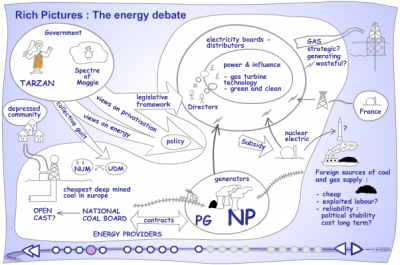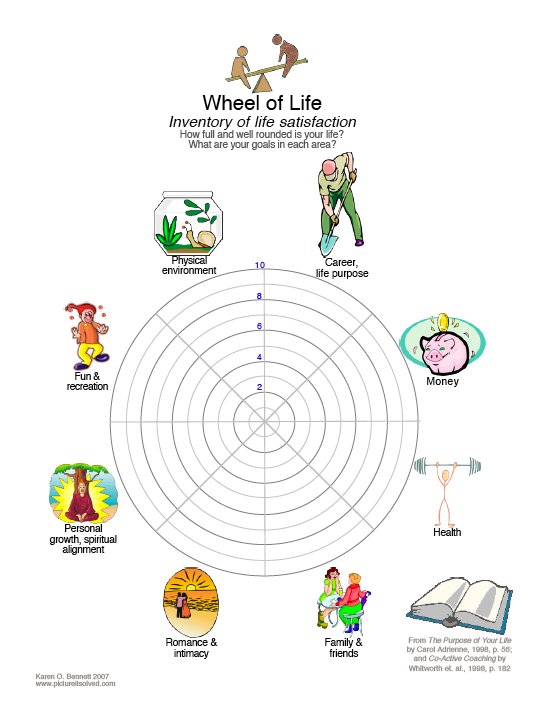We chase it, usually unconsciously, all of our lives. If we stop to think about it, we may define it in terms of career achievements, or luxurious possessions, or talented children. Usually, one aspect will dominate at any one time, then some event will bring another area into focus, perhaps health or family. To me, it is multifaceted, with the whole adding up to an overall feeling of peace of mind, contentment or satisfaction. I once defined it for myself in nine elements, which I depicted in a circular, mandala arrangement, with colorful images and evocative fonts. Later, I came across other definitions with eight elements which map almost exactly to the nine I had defined. Last week, I created two sheets which can be printed out and filled in by anyone wanting to explore their own definition of success.
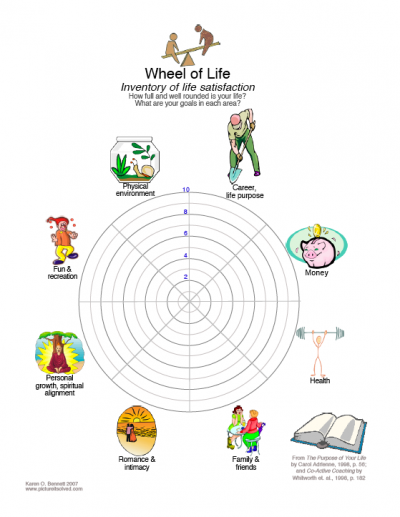 You can use the “Wheel of Life” to define your idea of success in eight areas of your life, and rate how your current situation compares to your ideal. This may provoke some ideas to change in some areas to better align your life with your goals. Sometimes it only takes a small change to make a big difference, and just being aware of the mismatch or desire provides all the motivation necessary to make the change.
You can use the “Wheel of Life” to define your idea of success in eight areas of your life, and rate how your current situation compares to your ideal. This may provoke some ideas to change in some areas to better align your life with your goals. Sometimes it only takes a small change to make a big difference, and just being aware of the mismatch or desire provides all the motivation necessary to make the change.
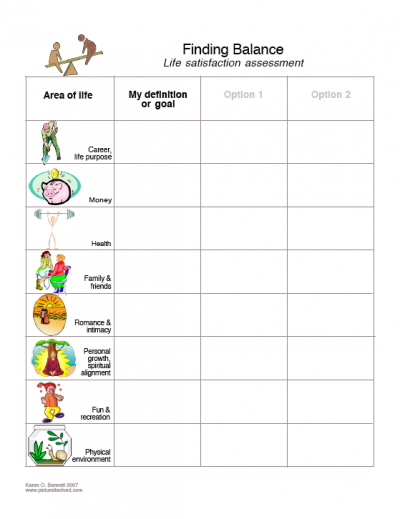 The “Table of Life” uses the same eight areas as the Wheel of Life, and can be useful for evaluating a proposed major change, such as a career move or geographical move, to see how it might impact all areas of your life. This allows you to “try on” the change, and can give you a better feeling for whether it’s a good idea for you in the long run. I used this approach once when I felt my life felt out of balance, and I was considering options for improving it. Enumerating the impact in each area supported my gut feeling about why the change made sense.
The “Table of Life” uses the same eight areas as the Wheel of Life, and can be useful for evaluating a proposed major change, such as a career move or geographical move, to see how it might impact all areas of your life. This allows you to “try on” the change, and can give you a better feeling for whether it’s a good idea for you in the long run. I used this approach once when I felt my life felt out of balance, and I was considering options for improving it. Enumerating the impact in each area supported my gut feeling about why the change made sense.
Using tools like these is effective because they involve your head and your heart, engaging both logic and intuition. The whimsical images encourage a light-hearted, fun approach, which is a productive state of mind for exploring options. The structure ensures that all areas are addressed, and provides space for exploring the answers in your heart.
The eight areas of life used in these tools are:
- Career, life purpose
- Money
- Health
- Family and friends
- Romance and intimacy
- Personal growth, spiritual alignment
- Fun and recreation
- Physical environment
(When I decided to write about this topic, I remembered a poetic definition of success attributed to Ralph Waldo Emerson. When I investigated, to see if I wanted to tie it in here, I found that it was actually most likely written by a woman named Bessie Stanley for a magazine or newspaper contest. There are theories about how it became associated with Emerson, but no one knows for sure. There is an interesting investigation of the topic, with several versions and theories, here. There’s a humorous take on the evolution of what defines success in various stages of life at the bottom of the page.)


